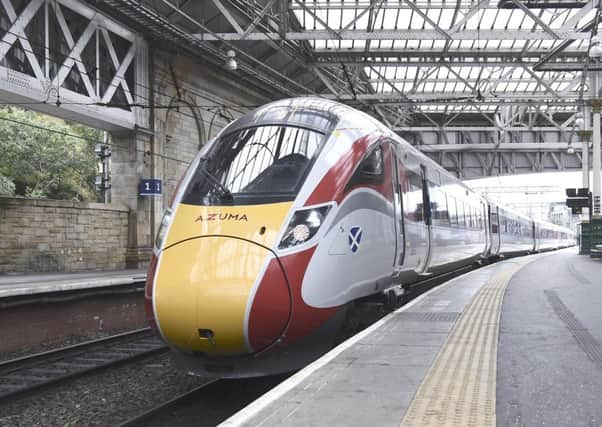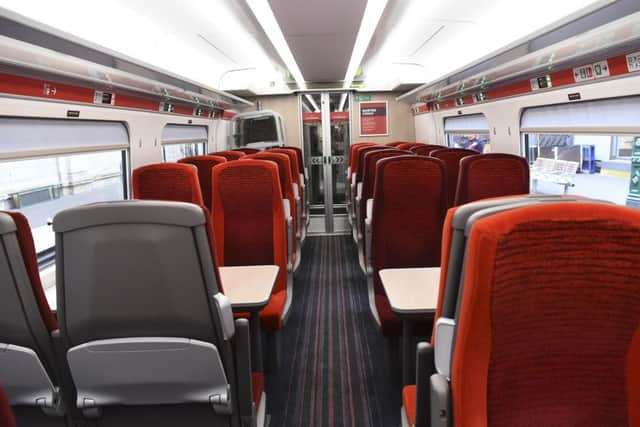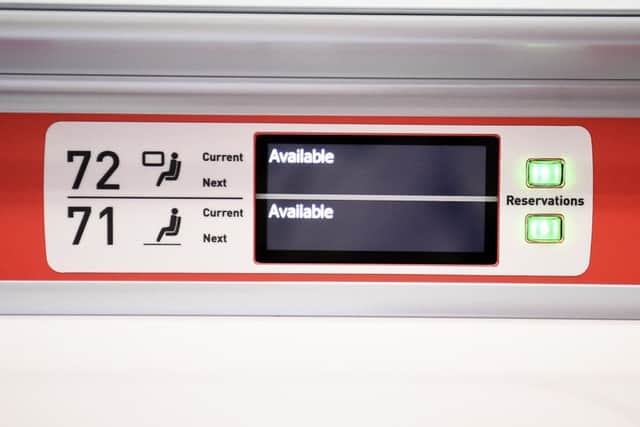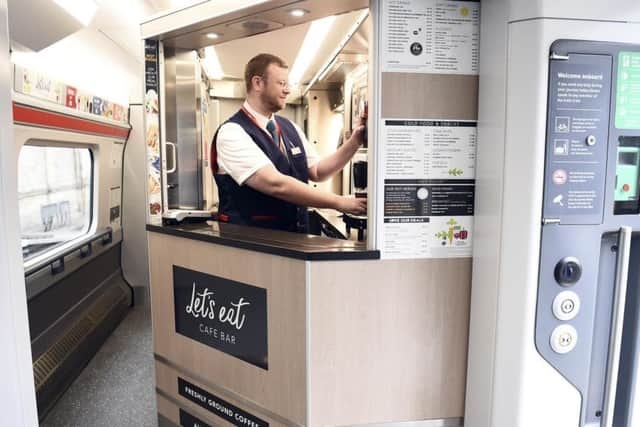Looking for the toilet could spring a surprise on LNER’s new trains - Alastair Dalton


Brand new trains will be either keenly or nervously awaited by passengers – depending on whether they hate or love what they’re used to travelling in.
ScotRail’s latest electric fleet appears to have been a pretty much unqualified success, now almost all of it is finally in service. But Caledonian Sleeper’s potentially transformative overnight trains, with their double beds and ensuite loos and showers, have been overshadowed by seemingly unending faults.
Advertisement
Hide AdAdvertisement
Hide AdFor daytime travellers between Edinburgh and London, the creation of new trains has taken the best part of a decade. The Hitachi-built Azumas have operated some services since August, which will be extended to Aberdeen next month and Inverness in December.


Having only travelled aboard one between Edinburgh and Berwick when they were launched in Scotland, I took a trip to London last week as a guest of LNER to sample both standard and first class.
The good news is I was impressed at the ambience in standard class – bright, with firm but not uncomfortable red seats, and, crucially, an impressive amount of legroom. Pull-down window blinds are a welcome innovation.


Care has clearly gone into the design, down to indents in the airline-style seats’ fold-down tables to stop pens and cups sliding off. They also have an extendable section to provide space for a laptop.
The colour-coded seat reservation system seemed to work well, enabling passengers without a seat to spot spaces – marked with green lights – as soon as they board. Red lights show reservations and yellow for those over part of the journey. The lights and reservation screens update during the journey.
I knew there were seats without windows at the ends of the carriages – which can’t be reserved and are designed for those not wanting distractions, and the light sensitive. But I was surprised there are similar seats in the centre of the carriages with barely any view.
There are also awkwardly placed grab handles to steady yourself from jolts as you walk through the carriage, while the buffet is a curiously small hatch compared to the former long, open counter.


The basins in the toilets – apart from the larger accessible ones – are very narrow, with awkward door handles. But you might walk into a cycle storage compartment by mistake, because they look just the same, especially as the smallish bike symbol is beside, rather than on, the door.
Advertisement
Hide AdAdvertisement
Hide AdBut the main bad news is first class – a disappointing experience. The dour oxblood brown seats are accompanied by an unbroken uniform layout of single seats down one side of the aisle and two each side of tables on the other. For a new train, it also had surprisingly noisy air conditioning.
The coach had none of the intimate feel of, say, Virgin Trains’ Pendolino trains on the west coast, with their dividers between some seats along its first-class carriages, and table lights.
Alas, LNER’s coffee was indifferent, and on my southbound trip, the gathering array of used cups weren’t cleared from the table for more than three hours. Several of the main course menu items are pretty meagre, some were unavailable on both my trips, and you only get one on a journey of up to six hours. First-class passengers may wonder what they are paying more than £100 extra for. They might also be surprised how much better standard class has become.
